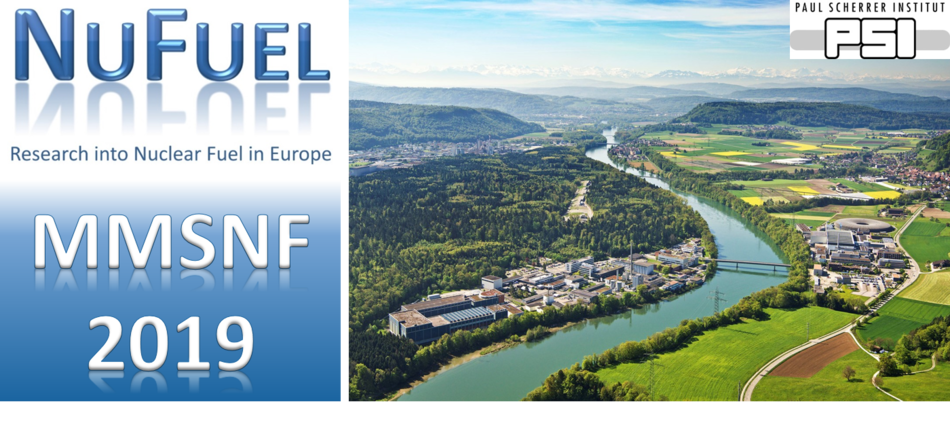Speaker
Description
The US Department of Energy (DOE) has been developing state-of-the-art capabilities to simulate nuclear fuel behavior within the Consortium for Advanced Simulation of Light Water Reactors (CASL) and Nuclear Energy Advanced Modeling and Simulation (NEAMS) programs. The result is the Bison code [1], a modern multidimensional, finite-element based fuel performance code developed at Idaho National Laboratory (INL). Validation work for Bison has focused initially on Light Water Reactor (LWR) fuel during normal operating conditions and power ramps [2]. More recently, significant progress has been made on Bison development and validation for the analysis of accident scenarios such as Loss-of-Coolant Accidents (LOCA) [3,4] and Reactivity-Initiated Accidents (RIA) [5,6].
In this contribution, a brief overview of relevant Bison capabilities is provided, followed by presentation of code results for the simulation of LOCA and RIA experiments. LOCA simulations comprise separate effects tests of cladding ballooning and burst, and Halden integral fuel rod tests from the IFA-650 series. Comparisons to experimental data include cladding burst pressure and temperature in separate effects tests, as well as the evolution of fuel rod inner pressure during ballooning and time to cladding burst in integral tests. Furthermore, Bison three-dimensional simulations of separate effects tests are performed, which demonstrate the capability to reproduce the effect of azimuthal temperature variations in the cladding. RIA simulations include selected power pulse tests from the CABRI and NSRR campaigns, with experimental comparisons focusing on fission gas release and cladding displacement.
[1] R.L. Williamson et al., J. Nucl. Mater. 423, 149–163, 2012.
[2] R. L. Williamson et al., Nucl. Eng. Des 301, 232–244, 2016.
[3] G. Pastore et al., Proc. of the LWR Fuel Performance Meeting, Zurich, Switzerland, September 13–17, 2015.
[4] R.L. Williamson et al., Tech. Rep. CASL-U-2019-1856-000, Consortium for Advanced Simulation of Light Water Reactors, May 2019.
[5] R. L. Williamson et al., Tech. Rep. CASL-X-2016-1104-000, Consortium for Advanced Simulation of Light Water Reactors, July 2016.
[6] G. Pastore et al., Proc. of the Enlarged Halden Programme Group Meeting, Lillehammer, Norway, September 24–29, 2017.

